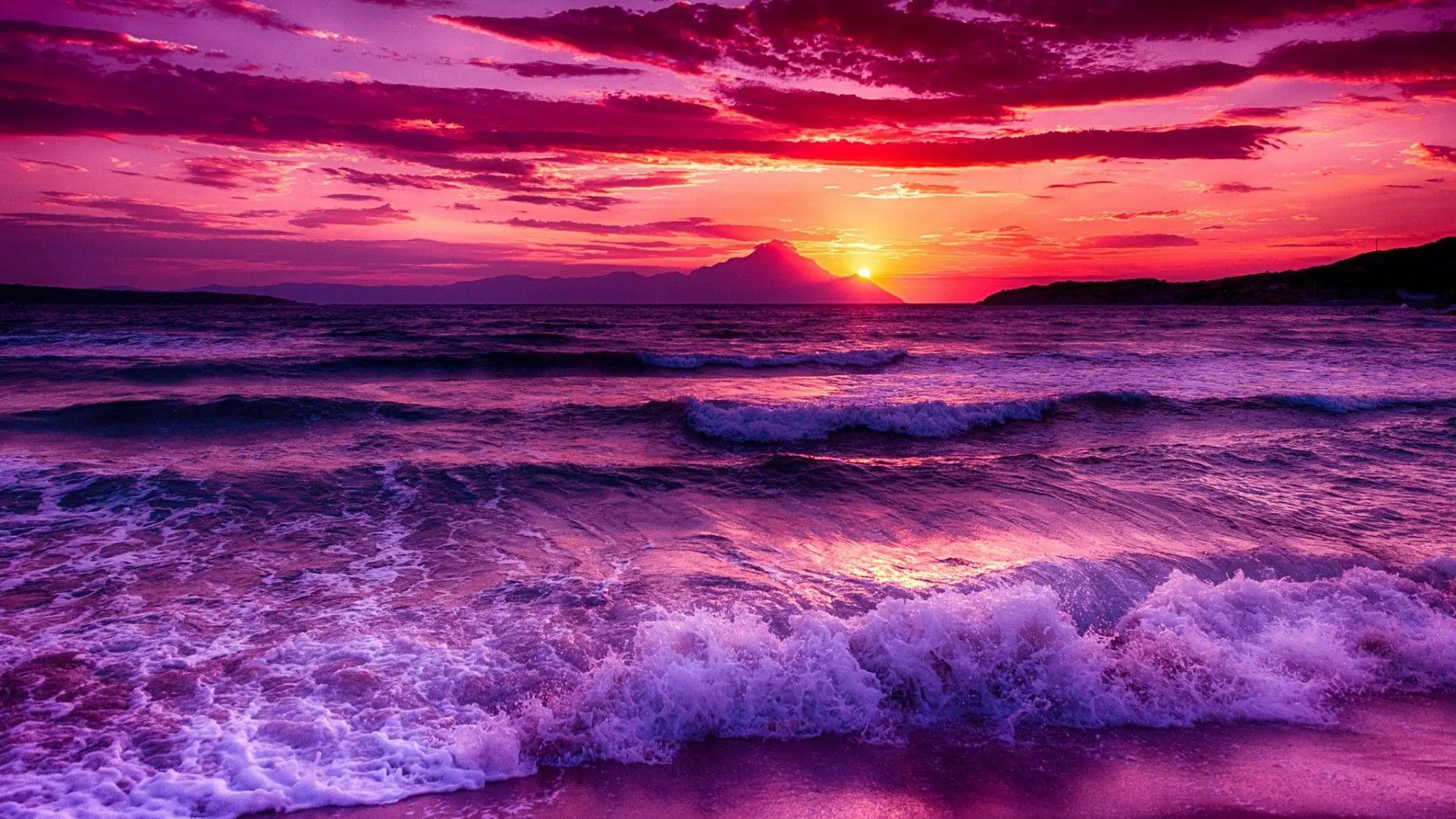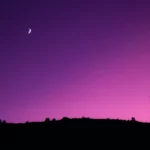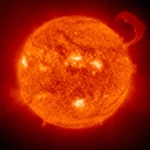Have you ever looked up at the sky and been surprised by a burst of purple, especially during sunrise or sunset? This captivating phenomenon isn’t magic, but a fascinating interplay of light and atmospheric conditions.
Why is the Sky Purple?
The sky’s usual blue hue is a result of Rayleigh scattering, a phenomenon where sunlight is scattered by tiny particles in the atmosphere. Shorter wavelengths, like blue and violet, scatter more easily than longer wavelengths. This scattered blue light is what we typically see.
However, at sunrise and sunset, the sun’s rays travel through a much longer path in the atmosphere to reach us. This extended journey leads to increased scattering, particularly of those shorter blue wavelengths. As blue light scatters away, the longer wavelengths of light, like red, orange, and in special cases, purple, become more visible.
Adding to the visual spectacle, atmospheric elements like ozone molecules, dust, and water droplets enhance the scattering effect, creating ideal conditions for a vibrant purple sky.
If you’ve ever seen a purple sky, you might be wondering why it’s dangerous. The answer is in the link of why purple sky is dangerous
The Science Behind Purple Skies: Rayleigh Scattering and Atmospheric Conditions
The science behind those mesmerizing purple skies boils down to how light interacts with our atmosphere.
Rayleigh scattering is the star of the show. Sunlight, comprised of a spectrum of colors, is scattered when it collides with particles in the atmosphere. Blue and violet light, having the shortest wavelengths, are scattered most effectively. This is why we usually see a blue sky.
At sunrise and sunset, the sun’s low angle means light travels through a thicker blanket of atmosphere. This amplifies Rayleigh scattering, scattering away more of the blue and violet light. As these shorter wavelengths scatter, the remaining longer wavelengths, including purple, become more prominent.
But that’s not all! Factors like high humidity, dust, and even smoke can intensify the scattering effect, making those purple hues even more vibrant.
When and Where to See a Purple Sky: Timing and Locations
Catching a glimpse of a purple sky requires a bit of luck and understanding of the right conditions.
Timing
- Sunrise and Sunset: These times offer the optimal conditions for purple skies. The low angle of the sun maximizes the path light takes through the atmosphere, enhancing Rayleigh scattering.
Locations
While a purple sky can occur anywhere, certain locations increase your chances:
- Rural Areas: Light pollution from cities can drown out subtle color variations in the sky. Heading out to areas with minimal light pollution can significantly improve your chances.
- High Altitudes: The air is typically cleaner and thinner at higher altitudes, leading to less scattering of all wavelengths and potentially more vivid colors during sunrise and sunset, including purple.
Other Causes of Purple Skies: Polar Auroras
While Rayleigh scattering explains most purple skies, there’s another celestial phenomenon at play – auroras.
In the polar regions, the interaction of charged particles from the sun with the Earth’s magnetic field can create dazzling light shows known as auroras. These auroras can produce a breathtaking array of colors, including a vibrant purple. However, it’s important to note that the scattering mechanisms in auroras differ from Rayleigh scattering.
Key Points on Purple Skies:
- Rayleigh Scattering: The primary cause of purple skies, where sunlight is scattered by atmospheric particles.
- Sunrise and Sunset: Optimal times to witness purple skies due to the sun’s low angle and increased atmospheric scattering.
- Atmospheric Conditions: High humidity, dust, and aerosols can enhance the scattering effect, creating more vivid purple hues.
- Polar Auroras: Auroras can also produce purple skies, but through a different scattering process involving charged particles.
- Location: Rural areas and high altitudes offer better viewing opportunities due to reduced light pollution and cleaner air.
So, the next time you’re fortunate enough to catch a glimpse of a purple sky, you’ll understand the captivating science that paints this celestial canvas.

















Comments are closed.